First Glimpse of Project Eagle
Group Lotus plc unveiled the first glimpse of the eagerly awaited Project Eagle at the 78th
annual Geneva International Motor Show. This exhibition showcases part of the advanced
technology being utilised for Project Eagle and the latest development of the innovative Lotus
Versatile Vehicle Architecture (VVA). This first glimpse is the front module of the chassis,
which is shown prior to the full unveiling of Project Eagle at the British Motor Show in July
2008.
Project Eagle is the code name for the new higher specification addition to the Lotus product
range entering the market above the Elise, Exige and Europa. Going into production at the
beginning of next year, Project Eagle draws heavily on the proven technology used in the
iconic Lotus Elise family of vehicles as well as the Versatile Vehicle Architecture (VVA) shown
as the APX (Aluminium Performance Crossover) Concept Vehicle. Project Eagle will be an all
new fantastic Lotus sports car, which illustrates Lotus Engineering's ability to create innovative
and exciting high performance niche car products.
Mike Kimberley CEO of Group Lotus plc said: "I am delighted with the exceptional "fast-track"
progress of Project Eagle - the project is hitting key gateway, timing and technical objectives.
The project utilises our core competencies in aluminium, and composite body engineering,
jointing techniques, and vehicle systems integration. Lotus Engineering is a world leader in
niche vehicle design, manufacture and global sales and Project Eagle is a prime example of
this technological competence, which will build upon this reputation".
Mike Kimberley added, "This is a very exciting period for us at Lotus and the whole company is
enjoying the challenge of delivering such an exceptional new Lotus car. By showing this front
module at Geneva, we are proving that the new Lotus is a reality and that VVA is an advanced
ecological technology from which further Lotus models will be produced, thus giving Lotus a
true "multi-platform" line up over the next 5 years".
Versatile Vehicle Architecture
The innovative Lotus Engineering VVA technology offers a fast-to-market, cost-effective
approach to differentiated niche products by spreading the development, investment and the
bill of materials burden across a range of vehicle variants, without the compromise that stems
from conventional 'platform sharing'. The philosophy is based on the commonality and
versatility of key elements of the vehicle structure and body systems across a 'family' of niche
vehicle variants that meet all world homologation and safety requirements.
Richard Rackham, Vehicle Architect of Lotus Engineering, said "Producing a bespoke lowvolume
platform using normal methods is uneconomical, whilst sharing a mainstream platform
normally results in compromises in performance and design. Traditionally car manufacturers
seeking to gain competitive advantage through exciting niche vehicles have to either design a
new platform or share one already available. The great advantage of this VVA technology is
that it can be used by one car manufacturer looking to develop a range of niche products, or
by a group of car manufacturers looking to share investment, but still retain a high degree of
end product separation."
The Project Eagle chassis is an evolution of the Versatile Vehicle Architecture (VVA) from the
Lotus APX concept vehicle previously showcased at Geneva, and allows for the development
of a range of vehicles up to a gross vehicle weight of 1,900 kg. This architecture has been
designed to be more applicable to mid-volume applications by utilising low capital investment
manufacturing processes. The Project Eagle structure progresses the Lotus bonded
technology used in the Elise family of vehicles with unique extrusions and folded panels, whilst
providing contemporary ease of ingress/egress, build modularity and improved, lower cost
repairability.
The Low Volume VVA architecture has been designed so that it can be stretched in width,
length and height. The strength and stiffness of the low volume VVA chassis can be modified
cost effectively by varying the wall thickness of the extrusions, without altering the exterior
dimensions. Combining the ability to lengthen or shorten extrusions with the option to tailor the
chassis stiffness, vastly increases the number of vehicles that could be developed from this
vehicle architecture. Front and mid engine installations have been considered, as well as
hybrid and Electric Vehicle (EV) applications.
Project Eagle employs a composite roof as a stressed structural member to give an
exceptional vehicle stiffness of 26,000 Nm per degree. To deliver this high performance
structure, bonded and riveted high grade aluminium extrusions and simple and elegant folded
sheet elements are used in the lower structure, building upon award winning research projects
in this field. Lotus pioneered the aerospace technology of bonded aluminium extrusions for use
in road vehicles and has successfully developed high performance cars for global engineering
clients using this approach.
Project Eagle Front Module
The innovative VVA architecture for Project Eagle consists of three distinct parts, with the
centre occupant section being the largest. Bolted to this centre section are the rear sub frame
to which the engine and rear suspension are attached and the front module that incorporates
the bumper beam and side members that progressively absorb crash energy. Practicality has
been a major consideration with in-built serviceability factored into the design. Various systems
attach to the front module including the suspension, cooling pack, HVAC and body. The
aluminium front module on its own measures 938 mm long, 864 mm wide and 387 mm tall and
weighs in at a featherweight 25 kg, again 'ecologically' biased.
Project Eagle suspension wishbones are forged from aluminium to reduce the unsprung mass.
These are similar in weight to the steel items found on the much smaller Elise, Exige and
Europa vehicle, but have a far higher vehicle weight capability. They attach to the front module
via bespoke lightweight bushes. All Lotus cars have to be fun to drive and deliver a
sensational, class leading driving experience. Project Eagle will be using Bilstein dampers and
Eibach springs with unique dual path top mounts for optimised vehicle refinement. The high
performance bespoke Lotus AP Racing 4 pot callipers work in tandem with ventilated cross
drilled 350mm diameter brake discs to ensure phenomenal stopping power. Hydraulically
assisted power steering will be employed with a TRW steering rack.
Project Eagle
The development of Project Eagle is advancing rapidly, with engineering prototypes already
conducting testing in Northern Europe and at Lotus' headquarters at Hethel, England. The ride
and handling and cold weather testing currently being undertaken forms an early part of the
demanding worldwide industry standard vehicle development programme for Project Eagle.
One of Lotus Engineering's strengths is its ability to streamline design and development,
thereby reducing time to production and project costs.



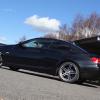

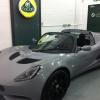
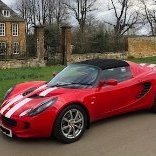
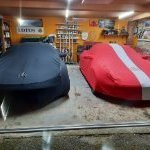


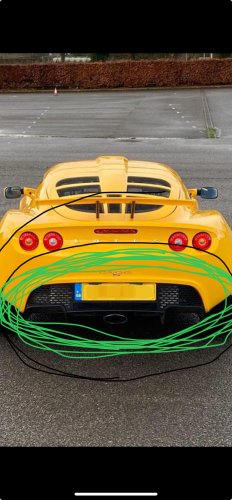
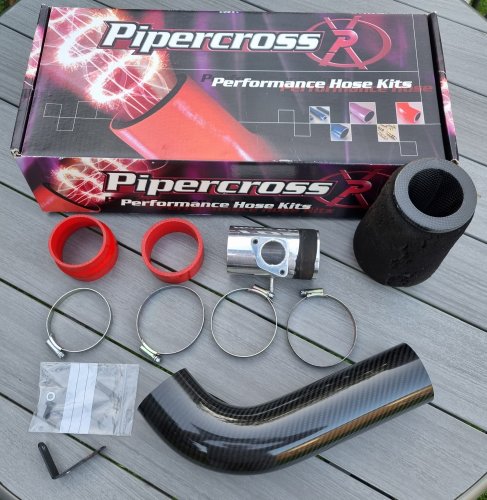
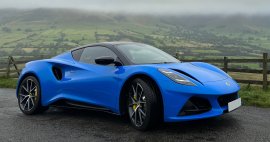
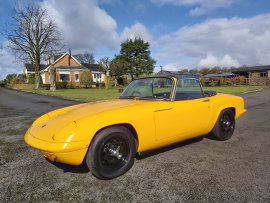
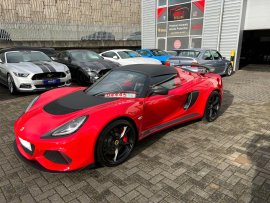

Recommended Comments
There are no comments to display.
Join the conversation
You can post now and register later. If you have an account, sign in now to post with your account.